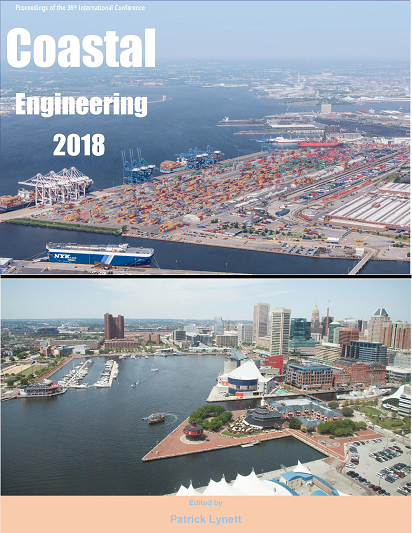Abstract
Florida, United States, has shoreline change measurements starting in the 1800s with spacing of about every 300 m. In addition, due to extensive shoreline development and tourism, processes causing shoreline change have been studied extensively. The 1160-km east and 275-km southwest shorelines advanced seaward on average from the 1800s even before widespread beach nourishment and despite sea level rise. Shoreline advance despite sea level rise has been noted along other coasts such as the Netherlands central coast (Stive and de Vriend, 1995). In contrast, the 335-km Florida west coast retreated landward on average almost 30 m from 1867 to 2015.References
Dean and Houston (2016). Shoreline Response to Sea Level Rise. Coastal Engineering, 118, 1-8.
Houston and Dean (2014). Shoreline change on the east coast of Florida. J. Coastal Research, 30(4), 647-660.
Houston (2015). Shoreline response to sea level rise on the southwest coast of Florida, J. of Coastal Research, 31 (4), 777 - 789.
Houston (2017). Shoreline Change in Response to Sea-Level Rise on Florida's West Coast. J. of Coastal Research. 3 (6), pp. 1243-1260.
IPCC, 2013. Climate Change 2013: The Physical Science Basis. Cambridge University Press, 1535 p.
Stive, Nicholls, and de Vriend (1991). Sea level rise and shore nourishment: a discussion, Coastal Engineering, 16, 147-163.
Stive and de Vriend (1995). Modelling shoreface profile evolution. Marine Geology, 126, 235-248.

